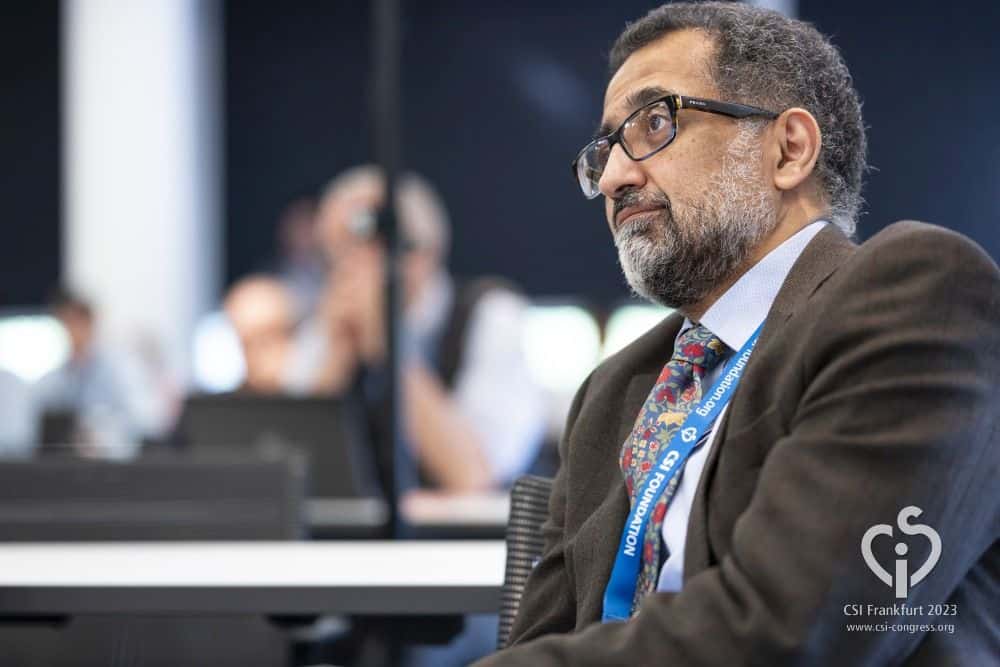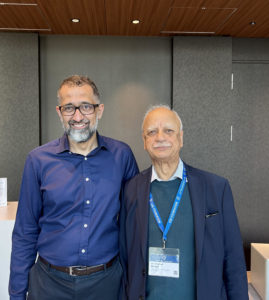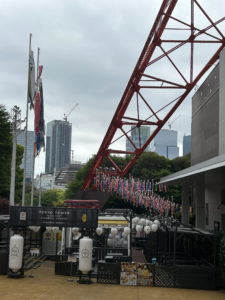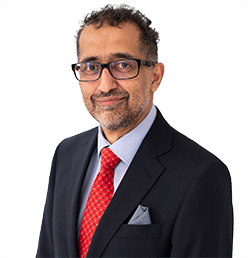Dr. Malik went to CSI Tokyo at the end of April 2024
He chaired some educational sessions and gave talks on both Left Atrial Appendage closure (LAA) and Patent Foraman Ovale closure (PFO).
Why are these procedures done?
It is to reduce the risk of stroke in those with elevated risk.
What did we learn at this meeting about PFO closure ?
- The Japanese and Americans have a less restrictive age cut off for PFO closure. If you are “biologically” young but chronologically older, PFO closure may still reduce your risk of recurrent stroke – age 60 is just a number.
- Should we look for residual shunts with bubble echo? I personally do, and the reason is that residual shunts are linked to a slightly higher risk of recurrent stroke compared to a negative bubble echo. Also, if we diagnosed the PFO with a bubble echo, let’s close the loop with a repeat bubble echo! The data suggests actually closure rates stabilise after 2 years, so looking earlier than 1 year may not be worth it.
- How long should medication continue? I say at least 5 years. There is no strong data but those who have had PFO closure with me will tell you I always say “ medication is the belt, the PFO closure is the braces”. And I would like you to wear both.
What did we learn about LAA closure?
- There is much debate about how to assess any residual leaks around the device. CT shows more leaks, TOE is more invasive and is how currently we assess if a leak is significant.
- Who should get it? The original trials were on patients who COULD take warfarin. They appears to show mortality advance over warfarin! That is incredible, but in a small number of patients. Now we await the trials of LAA closure against modern blood thinners such as apixaban and rivaroxiban. Until then, for me, LAA closure is for those who CANNOT take blood thinners.
- How is it done? I use general anaesthetic and transoesophageal echo (TOE), but intracardiac echo (ICE) is getting better, and when 3D ICE arrives, it will become the new standard. It is not here yet.
- Should patients be screened with CT? The simple answer is now yes, in most patients it is worth a CT scan in advance of the procedure , as it gives you excellent anatomical information and rules out clot in the LAA.
 Summary:
Summary:
It was a great meeting, and I enjoyed the science, and of course, Tokyo. The city is safe and spotless. The only down side was that meeting occurred in late april. I missed the Cherry blossom- which was a few weeks earlier!
Article by Dr Malik, a UK leading cardiologist. He works at One Welbeck Heart Health – London’s Largest Private Cardiology Group, and at Hammersmith Hospital, Imperial College Healthcare NHS Trust, London, one of the largest NHS Trusts in the UK.




